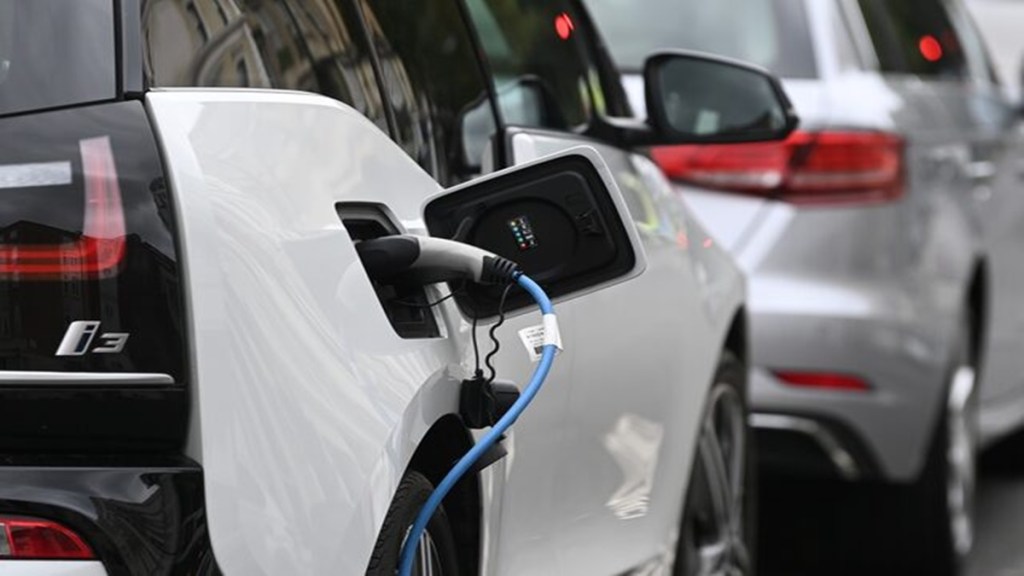As China seeks other manufacturing locations for its electric vehicles (EVs) which now face high tariff walls and other restrictions in the European Union, US and Canada, India must guard itself from becoming an “EV colony” for its northern neighbour, according to trade policy think tank Global Trade Research Initiative.
EU, US and Canada collectively bought 50% of the EVs that the Chinese exported and with the curbs it is now looking at moving its production to Asean countries and is setting its sights on India. While it may seem as an opportunity to get investments on EV manufacturing.
“These units would still depend heavily on imports from China, with 70-80% of parts, including batteries, coming from there. Thailand, the first to allow local production by Chinese firms, is already facing challenges with rising imports and complaints of lower sales from established manufacturers,” the report prepared by GTRI’s Ajay Srivastava said.
India should learn from Thailand’s experience, where leading Chinese firms such as BYD, SAIC Motor, and Great Wall Motors have set up assembly plants and production lines, leveraging Thailand’s established automotive industry infrastructure.
However, the increasing dominance of Chinese EV firms has raised concerns about the competitiveness and sustainability of local automotive manufacturers and suppliers. Reports indicate a significant drop in orders for locally produced auto parts, with some suppliers experiencing up to a 40% reduction in business.
There’s also a risk that China might dump excess EVs in India as access to developed markets becomes tougher.There are other challenges that India faces in accelerating EV adoption.
These challenges include 80 per cent electricity generated from fossil fuels like coal; frequent power cuts; and dependency on imports for making EVs in the country like batteries and critical minerals.
“Considering these challenges,Instead of rushing into the fray with heavy incentives or falling into dependence on Chinese imports, India has the opportunity to let its EV sector evolve naturally. By allowing market forces to steer the sector’s growth, India can avoid becoming an ‘EV colony’ for China and carve out its own path in the global EV landscape,” GTRI said.
In 2023, China emerged as a dominant force in the global EV market, exporting 1.6 million EVs valued at $36.7 billion. The EU and the US were significant buyers, with China exporting EV parts worth $19.5 billion to the EU and 438,000 EVs valued at $9.1 billion.
The US imported $10.4 billion worth of EV parts and $357 million worth of EVs from China. Additionally, the US imported batteries worth $19 billion, hybrid EVs worth $6.9 billion, and plug-in hybrid EVs worth $6.9 billion in 2023.
In response the US increased tariffs on Chinese EVs from 25% to 100% in May 2024, with the higher duties still under review pending public comments. The EU announced plans to impose additional duties on Chinese EVs, with some models facing tariffs of up to 38% on top of the existing 10% tariff. Canada followed suit by imposing a 100% tariff on Chinese EVs and a 25% duty on Chinese steel and aluminium.
These measures could leave China’s once-thriving EV production lines eerily quiet and India should carefully navigate the emerging landscape.



















